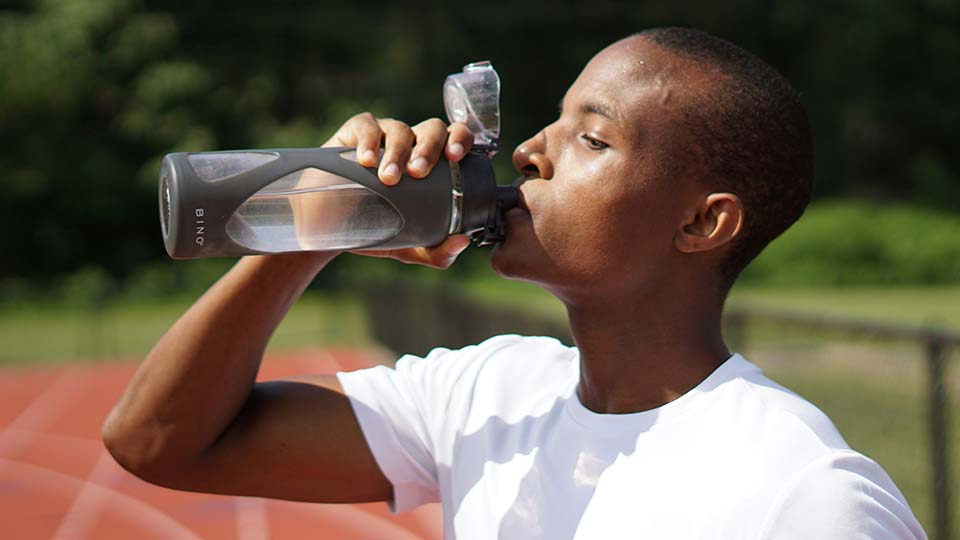USU Extension Offers Water Storage Tips
The average human body is 65 percent water — an element essential for survival. Water helps blood flow and carries oxygen and nutrients to cells, flushes waste products from the body, cushions tissues and joints and is a critical component for digestion....







